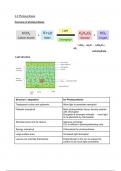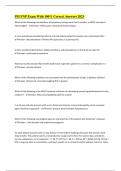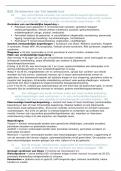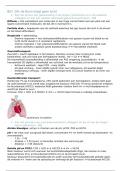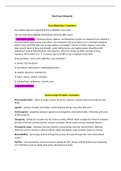Summary
Summary Biology A2 level photosynthesis notes (WJEC)
- Module
- Photosynthesis
- Institution
- WJEC
Biology A level 3.2 photosynthesis These notes were formulated using class notes, the WJEC study guide and past papers. These notes helped me to achieve an A* at A level biology!
[Show more]
